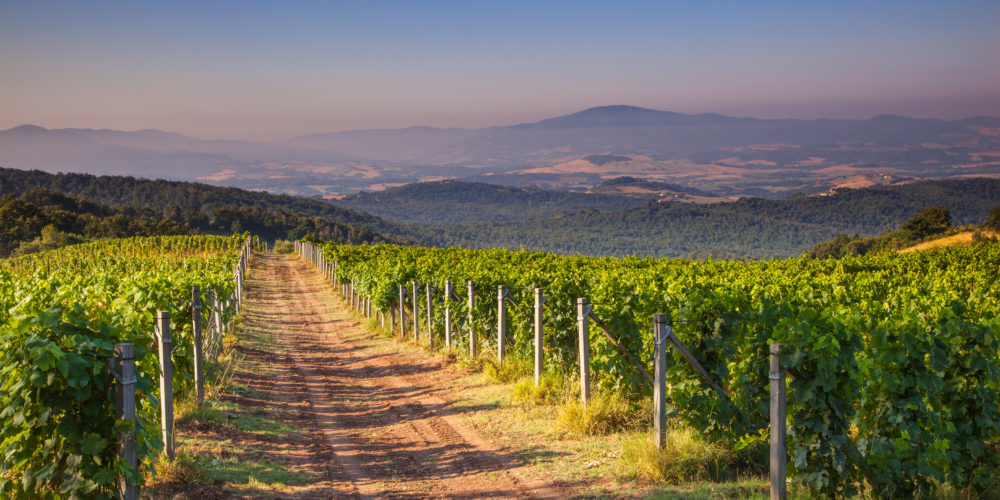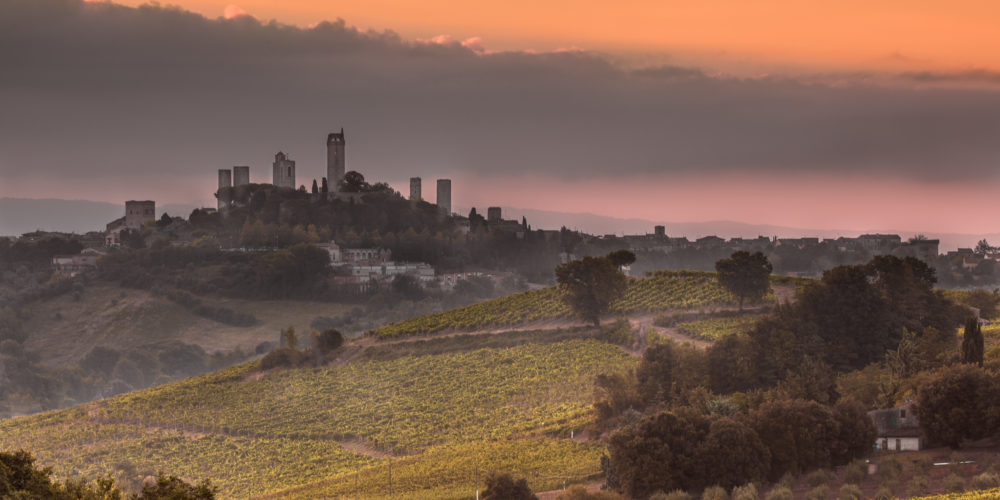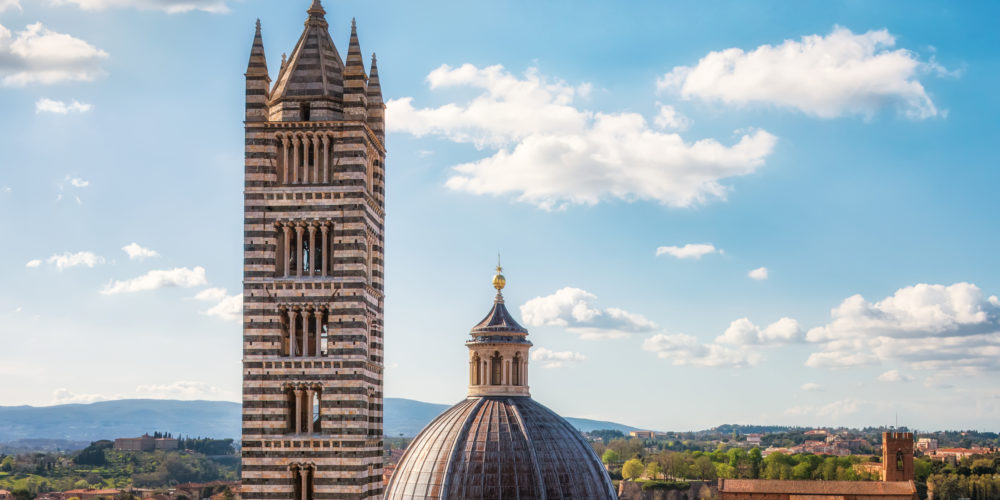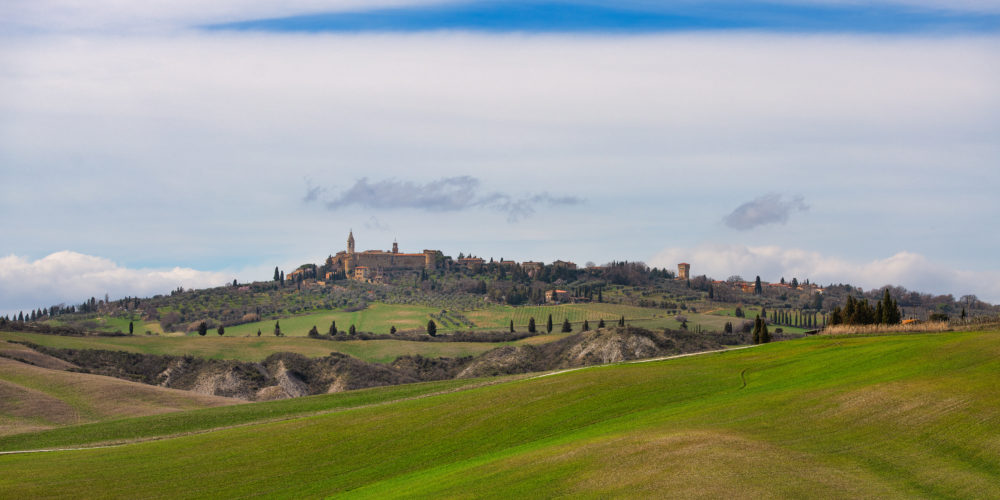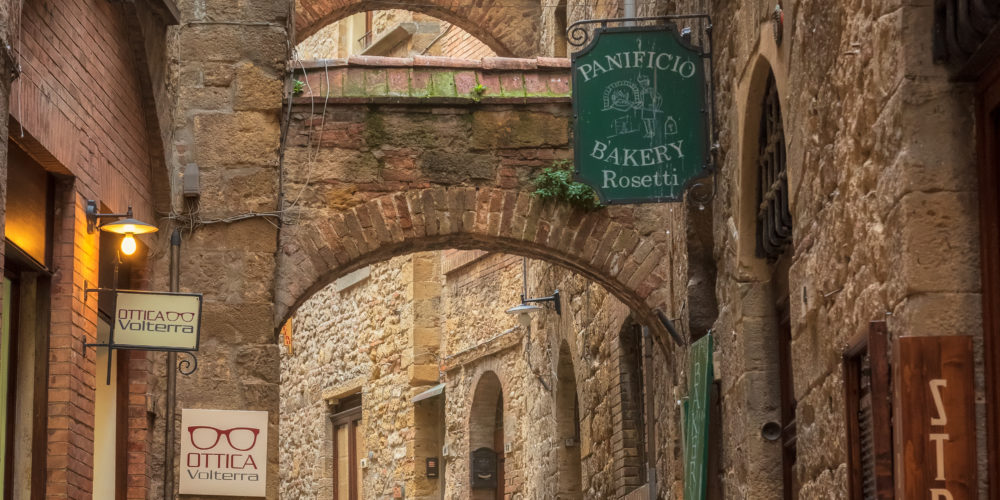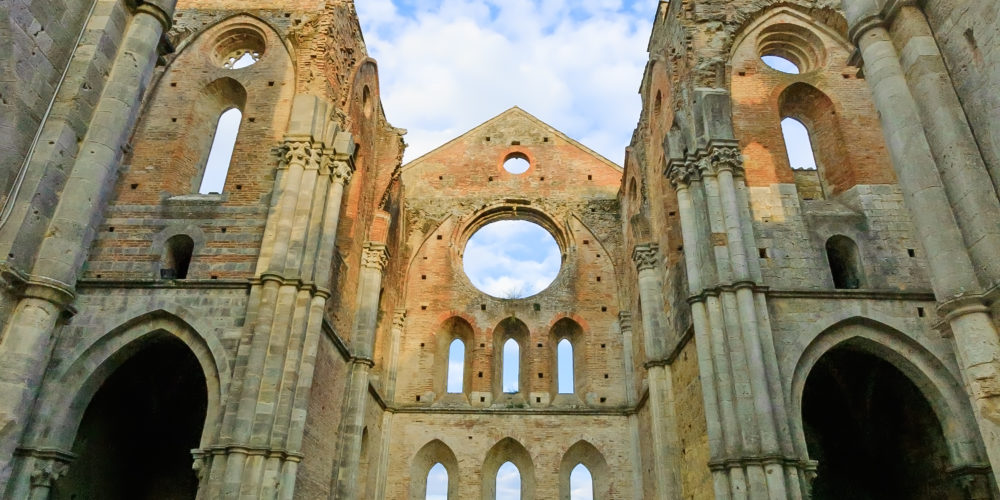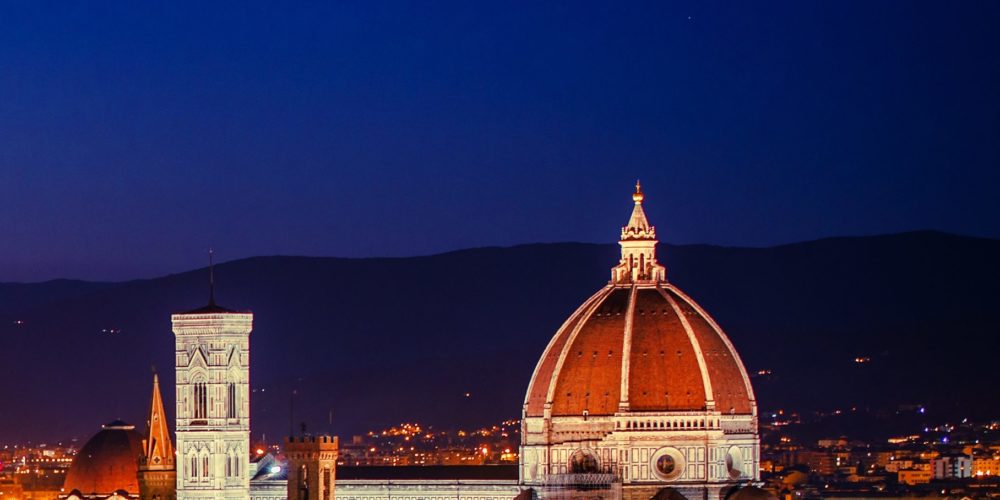Chianti
Chianti is an area renowned all over the world for its landscapes, its castles and its fine wines, whose production was regulated since the thirteenth century. The three towns of the ancient Chianti League are Castellina, Radda and Gaiole, on the Sienese side of the region.
Castellina is only 16 km from Borgo de Brandi. The characteristic and splendid central square is crossed by via delle Volte, a covered road that had military security functions. As soon as you leave the village, in Fonterutoli you can visit an interesting Etruscan necropolis.
Radda is also very suggestive, with its castle and the Palazzo del Podestà. Numerous cafes, restaurants and wine bars where you can taste typical dishes and specialties such as cold cuts, cheeses and of course the famous wines.
Gaiole is full of fascinating castles in its surroundings such as the castle of Brolio, Meleto and the pretty village of Vertine.
Find Out More: www.chianti.com
San Gimignano
From the first prehistoric and then Etruscan settlements, a medieval municipality, every stone of the renowned “city of the towers” exudes history: a free municipality until the plague epidemic of 1348 which decimated its population, and subsequently subdued its towers in Florence ( seventy-two in the three hundred, thirteen in our day) have seen battles, splendors and conquests.
They still stand today, more beautiful than ever.
Discover More: www.sangimignano.com
Siena
Powerful treasure chest of art and architecture treasures, which the greatest artists from the Sienese School from the thirteenth century onwards worked on, stratification of historical periods from the Etruscans to the Romans.
Siena was the glory of the Republic, home of one of the oldest universities and banks, of a hospital born already in 1000 to accommodate the sick, poor and pilgrims of the Via Francigena, it then became the first university polyclinic opened in Italy.
It is a city of wonder, of excellence, that bestows beauty as the motto engraved on the Porta di Camollia says: “Cor magis tibi Sena pandit”, “Siena opens a bigger heart for you (than the door you are going through)”.
Val d’Orcia
Val d’Orcia could be called the landscape of the soul. A harmony of art and nature, geographical and human space redesigned in the Renaissance and expertly worked by the hands of men who lived in harmony with their land. An example splendidly represented by the fresco “Allegory and effects of good governance” by Ambrogio Lorenzetti (1338/39 Palazzo Pubblico Siena).
Castiglione d’Orcia, Montalcino, Pienza, Radicofani and San Quirico d’Orcia are the five splendid municipalities that have chosen to create the Val D’Orcia Park to protect the environment and the territory, and to promote its brand.
Bagno Vignoni, Rocca d’Orcia, Bagni San Filippo and the splendid Abbey of S.Antimo are as many magnificent pearls of this generous territory.
Discover More: www.parcodellavaldorcia.com
Baths
Tuscany is one of the Italian regions with the largest number of thermal springs, known and used already in Etruscan and Roman times, and the province of Siena is particularly rich in it. The closest to Borgo de Brandi are the Antica Querciolaia and the Terme di San Giovanni in Rapolano Terme (46 km). But the sources of the Bagni di Petriolo are also very beautiful, which flow into the Farma river immersed in the lush nature of the Alto Merse Nature Reserve.
In the splendid 16th century thermal bath at Bagno Vignoni, people like Santa Caterina, Pio II and Lorenzo il Magnifico bathed; the Fosso Bianco and the Balena Bianca in Bagni San Filippo and the Bagno Grande in San Casciano dei Bagni are also fascinating.
Volterra
A “magical and mysterious” city, it has its roots in three thousand years of history. From each period it is possible to find traces and testimonies that have contributed to making it unique. Volterra is one of the fulcrums of the Etruscan civilization: the walls, the imposing Porta all’Arco, the necropolis and the numerous archaeological finds preserved in the historic Etruscan Guarnacci Museum, from the Shadow of the Evening, with its unique profile, remain of the Etruscan period cinerary urns, up to finely crafted jewels. The Vallebona Theater, dating back to the Augustan age, bears witness to the importance that Volterra had in Roman times.
But it is from the Middle Ages that the structure of the city derives, not only in the inner city walls, but also in the urban layout, with its narrow streets, its palaces, tower houses, churches. Renaissance civilization affects Volterra in an important way, but without altering its medieval atmosphere.
Of this period are the superb buildings, inserted in the medieval urban context, the imposing Medici Fortress, the convent complex of San Girolamo. Next to these monuments you can find an enchanting landscape, a quality of life still human and an artistic craftsmanship unique in the world: the processing of alabaster, a material dating back to 6 million years ago, already worked and used by the Etruscans 3000 years ago and which is extracted from the nearby quarries.
Discover More: www.volterra.it
Abbey of San Galgano
Between Siena and Massa Marittima there are the fascinating ruins of the Abbey of San Galgano, one of the rare and most prestigious examples of Cistercian Gothic architecture in Italy. The Abbey was built to honor San Galgano, Galgano Guidotti the century, noble knight who had retired to a hermitage on the nearby hill Montesiepi to repent of his sins. Immediately after his death, in 1181, the church and chapel were built, frescoed by Ambrogio Lorenzetti. A few years later, between 1220 and 1268, the magnificent Abbey was erected which became one of the most powerful monasteries of the Cistercian order until the fourteenth century, then began its decline and ruin, until, in 1550, the commendatario Vitelli he let the lead roof sell. In the chapel of the Hermitage of Montesiepi you can still admire the sword stuck in the rock by San Galgano, thus symbolizing the renunciation of earthly battles and the beginning of his dedication to the Christian symbol of the cross.
Discover More: www.sangalgano.info
Florence
How can we tell the magnificent cradle of the Renaissance in a few lines?
We let you discover them for yourself: www.visitflorence.com
A word of advice: go there by public transport, by train from Poggibonsi or by bus from Monteriggioni (www.trenitalia.com, www.sitabus.it, www.trainspa.it) so you won’t have to worry about traffic and parking!


